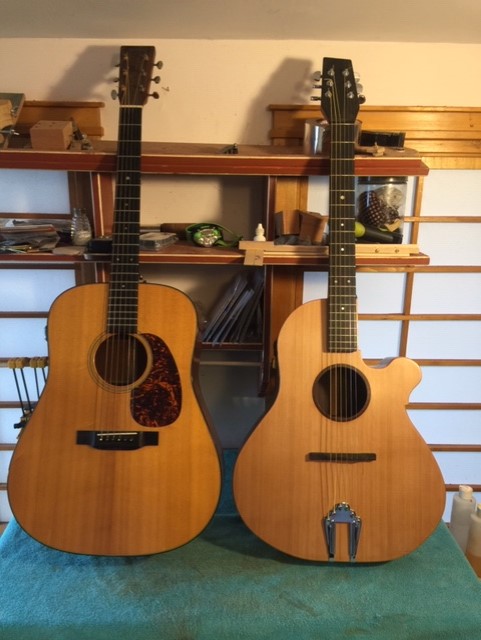The neighbors..."What is he building in there?"
|
|
|
|
Greetings from Capo
Dave!
|
Building that eight string became Luthiery 101. Rosewood back & sides, Mahogany neck and Spruce soundboard. Again, I used the floating bridge with
tailpiece approach. I found this instrument to
project extremely well. And there was something else; the
overtones were there but were taking a back seat.
The sound had a "dry" aspect that was a much different than the flattops I owned. |
|
|
I |
Next, I decided
to build a parlor guitar. It would be super slim with a
deep cutaway, just the thing for laying back and just
noodling away or playing along with folks on Virtual Open Mics.
Again, I used Rosewood back & sides and Mahogany neck but I went with Cedar for the
soundboard. Again, I went with a carved floating bridge with
a very light tailpiece. |
|
|
|
D-18 and Little Gypsy...how can this tiny guitar project more volume than a full size Dreadnaught? It's because it uses the Tailpiece/Floating Bridge configuration combined with a "High Induced Dome" soundboard! This is the long-ignored design first developed in 1932 by Mario Macaferri working for the Selmer company. The Selmer/Macaferri guitar was brought to prominence by Gypsy jazz genius, Django Reinhardt!
Little guitars have difficulty producing bass and the Little Gypsy Parlors are admittedly defficient in the bass range but the power of the design is undeniable. I will eventually build a few guitars that have bodies that are physical copies of some well-regarded full size instruments but configured as a "Gypsy Hybrid". It is also my hope that some well-established Luthiers will take a look at this terrific design!
In my hunt for information, I discovered this piece written by Bernie Lehman, a terrific Luthier with more than 500 builds under his belt!
"The Selmer-Macaferri Guitar in the 21st Century"
Lehmann Guitars
|
OpenMicAmerica.com dave@capodavewilliams.com |
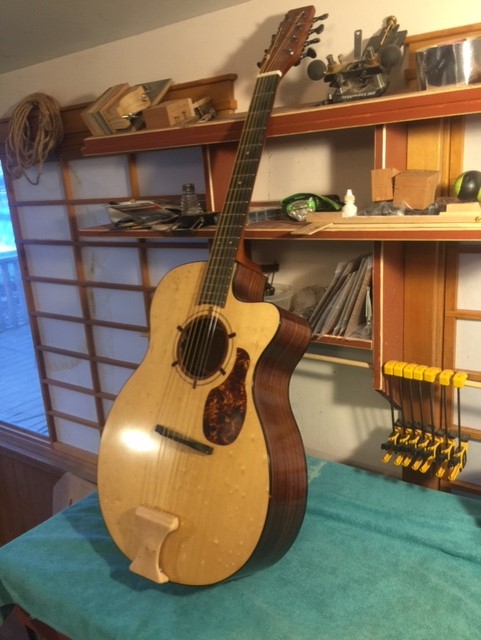
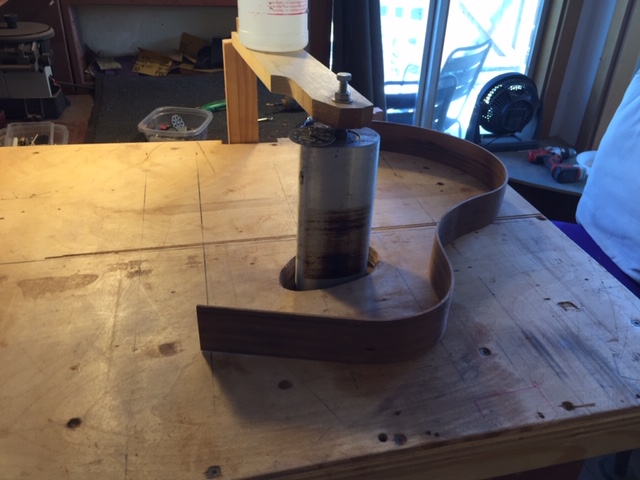
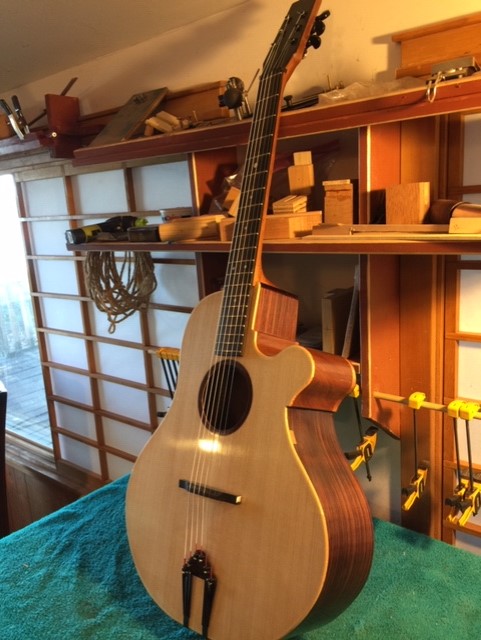
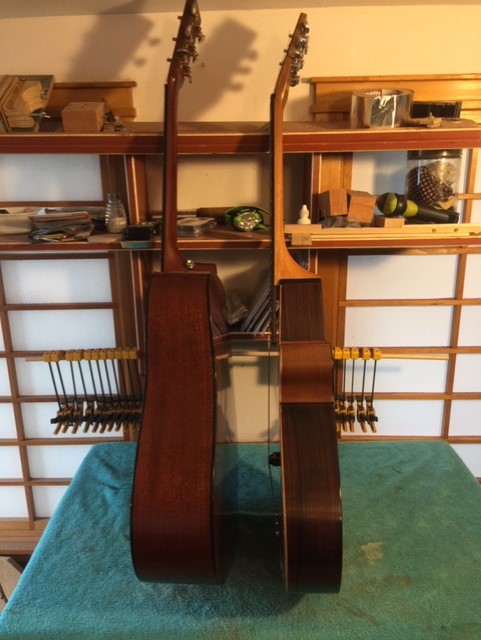 I
I 